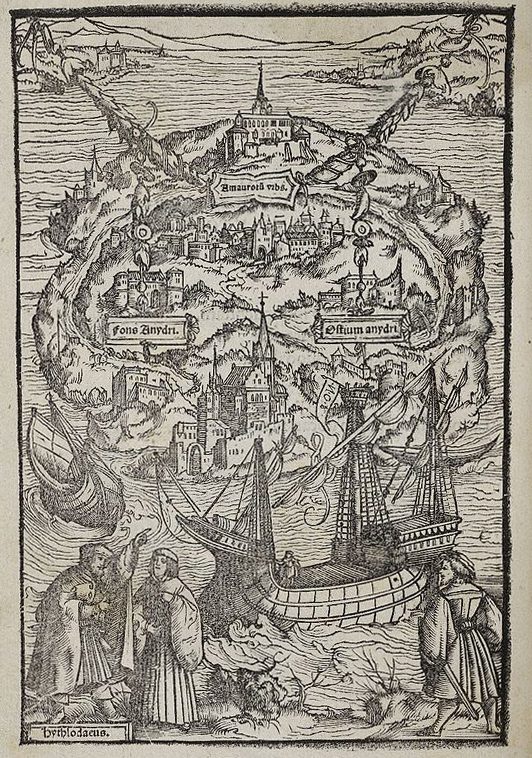In a New York Magazine article published last Friday, April 13, “The Internet Apologies,” thirteen technology pioneers reflected on “how the web broke the world.” With insights from “a new sect of apostates” from the “Church of Tech,” this article identifies a series of steps that led many in Silicon Valley’s from utopian idealism to dystopian disillusionment.
The Church of Tech existed long before Silicon Valley—one can see primordial origins in the story of the City of Babel—but this article is a helpful narrative about the origin, failure, and recovery of technological hope in our time.

The first step in this origin story was to “start with hippie good intentions.” This was an assumption of inherent virtue in internet technologies and companies, celebrating values such as connecting people, sharing information, opening up the world, and enhancing people’s lives.
The next steps (2-4) were steps toward a fall. Utopian visions had to be funded. This mostly came through advertising, which significantly bent values toward making quick and increasingly larger returns on investments. The engagement-based business model that emerged meant that it did not matter too much what people were doing as long as enough of them could be registered and persuaded to do profitable things. Consequently, technological innovation became obsessed with addictive design and the commodification of attention (steps 5 and 6). As one of the thirteen apostates says, “Facebook is a fundamentally addictive product that is designed to capture as much of your attention as possible without any regard for the consequences.”
The rest of the steps revealed the effects of the fall, as optimism was swallowed up by an aggressive ad-based revenue model. Accountability and the agency of designers and users were ignored (step 7). User protection and security concerns were sacrificed on behalf of the business model (step 8). The drive to acquire more data compromised users’ privacy (step 9). Finally, outcomes of elections were changed (step 10).
Then the apostates began to realize how idealistic visions of a free and open web had been exchanged for a world full of manipulative interfaces and the surveillance of every thing. They began to revolt (step 11), rethink their business model (step 12), and consider the need for regulations (step 13). They also recognized the limits of their power over what they had created (step 14) and acknowledged the importance of looking for wisdom beyond themselves (step 15).
One lesson from this technological morality tale is that technological ambitions alone cannot save the world. Indeed, without greater principles and powers shaping them, they will destroy or at least diminish the world. But the last steps of recovery in this narrative (11-15)—especially the last two, which are reminiscent of the first two of another twelve-step program—are promising. Recognition of the limits of our knowledge and abilities can lead to more reflective attention, critical analysis, and responsible agency regarding our technological hopes.
















